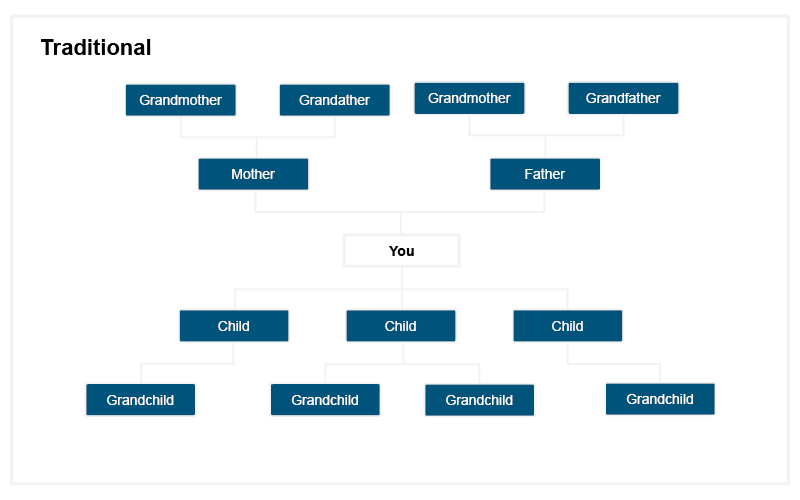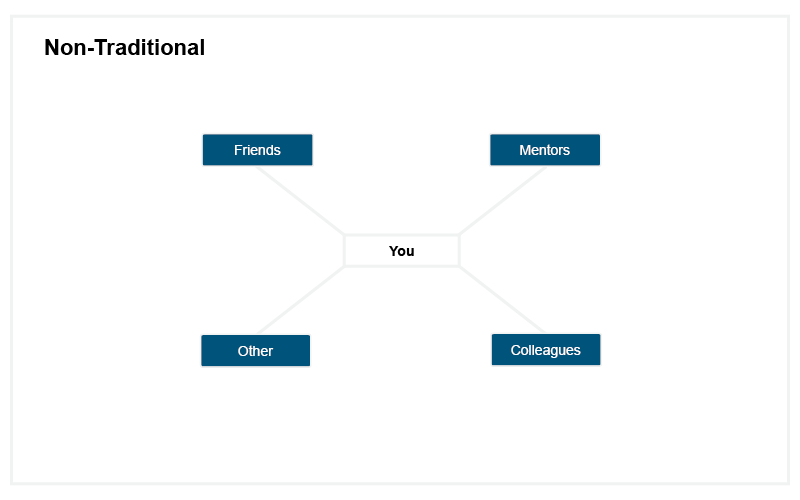
Legacy Planning Part III
This is the third installment in a three part series about legacy planning. If you have not read part 1 or part 2, we encourage you to explore those articles in which we introduce the idea of legacy planning, discuss the importance of supplementing your existing estate plan with an ethical will, and share some examples of what that can look like. In this article we provide you with a series of exercises which you can do on your own to begin crafting your own legacy document.
"The best time to plant a tree was twenty years ago. The second best time is now."
Proverb
This quote is one of my favorites, and one that I find myself referencing frequently. There are similar anecdotes from various traditions which all suggest the same advice: we should not put off something today, just because its full reward will not be reaped for a generation or more.
While this could be financial planning advice as well, today our goal is to encourage and enable you to begin planting your own tree, by drafting an ethical will or starting to craft a legacy plan.
A legacy plan is a tool that reaches into the past, to help you create something today, which will be appreciated long into the future. Therefore, we will present you with three exercises: one which references the past, one which focuses on the present, and a third which thrusts you into the future.
Do not feel obligated to complete the exercises in order. Find the one which seems most accessible to you and begin there – plant the seed. Our hope is that you will then be motivated to move onto the other exercises, and in the end, be ready to formalize your ethical will, or take the next steps towards achieving your legacy plan.
Who are the eight most influential people in your life?
Will your descendants know who those people are and the impact they had?
Exercise 1: Your Connection to the Past
What? Create a Family Tree
Why? As the question about the influential people in your life reflects, we all have ancestors who have impacted our lives. For many of us those ancestors are our parents, grandparents, and siblings. For others the list includes friends, colleagues, and individuals who may not fall on a traditional family tree, but belong on yours. Your family tree can look however you want and include whomever you feel is appropriate. What is important is to create a chart of those people who impacted your life and whom you would want others to know about.
How? Start simple, list the names, dates of birth (and/or death), and place of birth for each person you know. If you know where a person lived, went to school, or other biographical details, include those as well.
Take 10-15 minutes for the initial part of this exercise. The goal is to have an outline upon which you can build. Ideally your list will evolve into a tree, it could include quotes, biographies, or stories from some of the people on it. Eventually you will want to have something you could share with others, and which would help them understand more about you, where you came from, and the people that shaped you.
Legacy planning is the process one goes through to capture, preserve, and transmit one’s values,
morals, life lessons, and outlook to those he/she cares about most dearly.
Exercise 2: Focus on the Present
What? Outline Your Ethical Will
Why? When most people think about inheritance, they think about financial assets. For many, the value that can be transferred via an ethical will exceeds the monetary inheritance and lasts much longer. In addition, creating your own ethical will is a very introspective process which can be extremely rewarding.
How? Creating your own legacy plan is a noble goal. For now we want to keep it simple. In this exercise you only need to outline the topics that your ethical will may eventually include.
To do this, take a blank sheet of paper and divide it in half, lengthwise. On the left-hand-side you are going to list the topics you want to include in your ethical will, probably 5-10 topics. On the right-hand-side write one or two descriptive sentences or keywords next to each topic. These are ideas upon which you can elaborate when you decide to craft a more complete document.
To get you started, here is a list of some potential topics: Introductory statement; family and friends; religion and faith; philanthropy; career; love and relationships; education. No topic is wrong. If something is important to you, make it a topic in your document.
Your page may look like this example below, with the topic list at the left and the description for education filled in:
| Topics | Descriptive Sentences |
|
1. Intro 2. Family and Friends 3. Education 4. Travel 5. What I've Learned |
I have been lucky to study in both formal and informal settngs. Formal education has helped me find a career and opened many doors for me. My informal education has including reading, learning with friends, and attending lectures — when possible. This informal learning, while it has not created as many opportunities, has been extremely rewarding and is a lifelong pursuite |
"Every man dies. Not every man really lives."
William Wallace
Exercise 3: Looking back from the Future
What? Write Your Own Eulogy
Why? This exercise may not be for everyone, but if this idea resonates with you, I encourage you to give it a shot. Legacy planning is, to a large extent, creating an aspirational auto-biography. Writing the things you would want others to say about you might be the best way to identify the goals you want to achieve and the accomplishments of which you are most proud. Traditionally a eulogy is delivered when we are no longer alive, but thinking about your own eulogy can have a profound impact on how you live your life today as you craft your legacy with more intention.
How? While this may be most ambitious exercise, its format is also the most flexible. You can sit down with a blank piece of paper and start writing, you can outline the ideas that you want to be shared, you can search the internet for “famous eulogies,” create a list of quotes, dates or events which are important to you, or you can even create a eulogy for a real or fictional person you admire, and then adapt it to yourself. There is no wrong way to go about this exercise, it is just important to start.
"The way to get started is to quit talking and begin doing."
Walt Disney
In my first article about legacy planning, I suggested that something may be missing from your estate plan. It was a joke in the sense that your will is probably fine, but serious in the sense that we all have much to share, as long as we are intentional about our desire to do so. If you have come this far and even started one of these exercises, you are well on your way.
At Affiance, we define our ideal client as a person who (1) cares about him/herself, (2) cares about others, and (3) has the capacity to grow. The beauty of legacy planning is that it helps all of us focus on each of these three aspects of our lives. The process forces us to think about who we are, what we do, and what is important to us. It documents and transmits our stories, morals, values, and ethics to our loved ones. And, a truly robust legacy plan can help each of us change our lives today, to become more like the people we want to be in the future.
The task may seem daunting, but assuming you did not start 20 years ago, then there is no better time than today to begin your legacy journey.
If you are willing to share I would love to hear about your experience in this process, and what you have chosen to include in your own plan.



